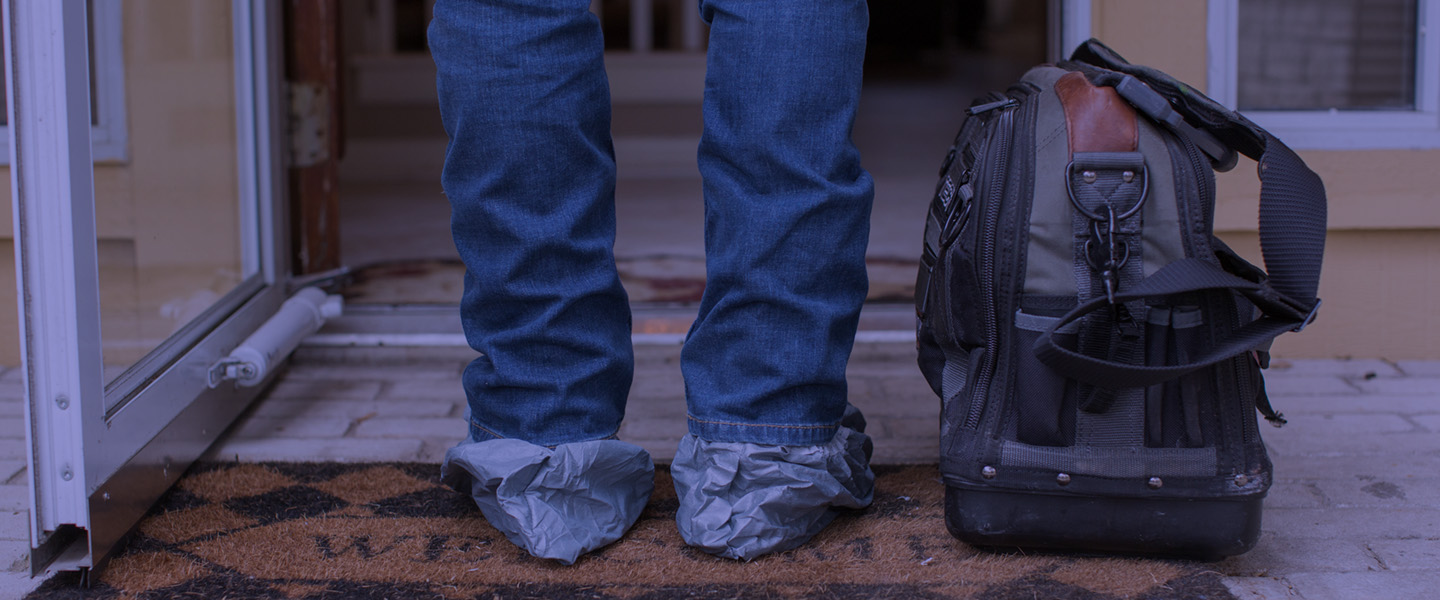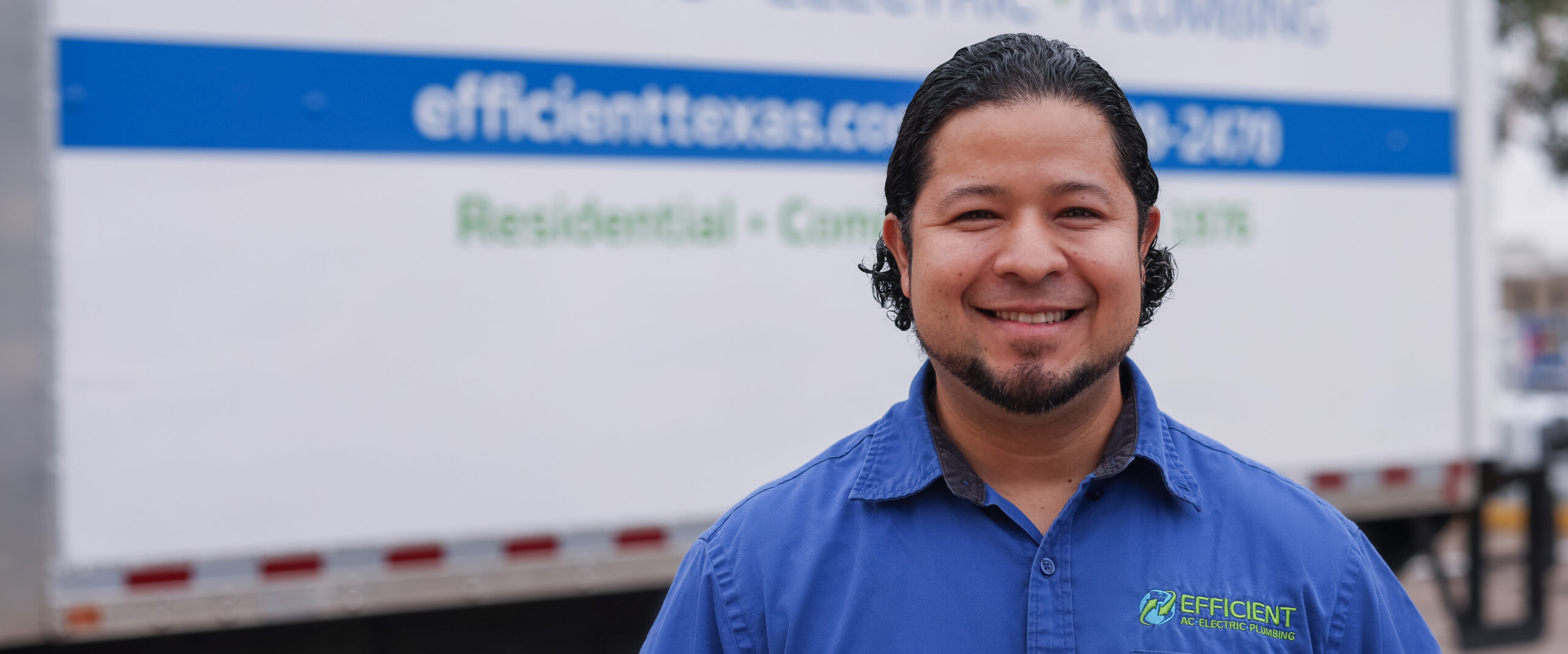0% for 36 Months or 10% off a New AC. Learn More >
Programmable, Smart and Wi-Fi Thermostats
Controls is a broad topic, covering anything from a basic thermostat to full building automation. The range in technology, manufacturers, devices, designs, electrical requirements and cost is nearly infinite. The more complex and proprietary the controls become, the more they cost, now and in the future. While we explain the more common alternatives, thinking simple and reliable is usually best. Nearly all controls will still have programming and Wi-Fi capability today. We will cover technology from least to most complex.
Programmable Thermostats
Basic programmable thermostats are good for many applications, particularly residential. Even though each wall controller only covers one AC unit and doesn’t offer a lot of extra features, they are typically seven-day programmable and can be Wi-Fi enabled at little added cost. Typical choices are from Carrier, Trane, Lennox and others, plus dedicated manufacturers such as Honeywell, Ecobee and Nest. There are levels of models to choose from.
Wi-Fi Thermostats
A Wi-Fi thermostat is a programmable thermostat that connects to the internet. You can manually adjust your temperature settings via the manufacturer’s mobile app.
Smart Thermostats
A smart thermostat is a programmable Wi-Fi thermostat that can be integrated into a smart home ecosystem, such as Apple Home Kit, Amazon Alexa or Google Home. Like a basic Wi-Fi thermostat, it can be controlled from the manufacturer’s mobile app. However, it can also be accessed from a smart home app that controls other smart devices, such as lighting, locks and shades – or from a smart speaker/digital assistant. Unlike a basic Wi-Fi thermostat, a smart thermostat can adjust automatically based on environmental factors (outdoor temperature; indoor temperature and humidity), geofencing (enabling your smartphone to tell your thermostat whether you’re home or away) and adaptive learning.
Nest Thermostats (Adaptive Learning)
Adaptive learning is a smart thermostat feature that began with the Nest thermostat. Now there are many options, including Ecobee, Honeywell and dedicated manufacturer thermostats.
Nest thermostats and similar adaptive devices program themselves. They do this by learning your behavior and then – as the name suggests – adapting to it. There is a setup phase in which you program the thermostat according to your preferences (adjust it when you leave for work, arrive home, go to sleep, etc.). Based on your behavior during this phase, the thermostat will build you a custom heating and cooling schedule. It will also utilize a motion sensor to determine whether a space is occupied. If it does not detect movement for a certain amount of time, and it has not been manually adjusted, it will assume the space is unoccupied and slowly adjust the temperature to conserve energy.
If you are interested in Nest thermostat installation or a similar option, consider this: Some people like the adaptive learning properties and are OK with unusual temperatures when their families break patterns. Some do not like this. In most cases, adaptive learning can be disabled.
To achieve optimal efficiency, an efficient AC system, regular maintenance, well-designed and sealed ductwork, and good building insulation are a better starting point than simply installing an adaptive learning thermostat.
Zone Thermostats
A zone thermostat is one that can be used to control a zone damper. A zone damper controls the flow of air into a specific area (i.e., it opens and closes) to maintain the desired temperature in that area, which is referred to as a zone. Not all thermostats are capable of zoning, and few do it well. Each application is different, and thermostat choice becomes more important with zoning. Some matchups are not backwards compatible (i.e., the thermostat cannot be paired with an older AC unit, or vice versa), and a change in thermostat or zone dampers can reduce functionality. It is best to replace thermostats and dampers at the same time, unless they are recently installed. The better zone packages are by Honeywell for lower to mid-range systems and by Carrier Infinity for high-end communicating systems.
Communicating vs. non-Communicating Thermostats
A communicating thermostat is one that uses advanced logic to communicate with, and receive communication from, the AC unit and sensors. Most thermostats, even smart thermostats, cannot receive communication from AC equipment. Non-communicating thermostats send signals to the equipment but do not receive any feedback. Communicating thermostats are proprietary and must be matched with the correct brand and model of equipment in order to work.
Advantages are optimum balances of programming response, noise, speeds, capacities and environmental management to achieve both temperature and humidity. These systems control zones well and simplify ductwork required for zoning. They also display system status and fault codes, which makes diagnosing AC repair needs easier.
The drawback is the cost and that they are your only option with a communicating AC system. For example, Carrier Infinity Systems must use their Infinity controllers. American Standard Acculink Systems must use their Acculink controller. Other manufacturers are structured similarly. Third-party thermostats, such as the Honeywell, Ecobee or Nest, are not compatible with communicating systems. While communicating thermostats are Wi-Fi enabled, they do not interface readily with large or smart home automation systems (with the exception of Carrier through added system access modules).
Full Home or Business Automation Controls
This is a large topic with a simple answer: research. Research what AC systems are compatible with your automation platform ahead of choosing a new AC system. Typical residential platforms are Control4 and Crestron. Communicating systems rarely integrate well with these (again maybe Carrier Infinity). These solutions typically require ongoing support from the automation provider and are typically used in very large, expensive properties. Business automation controls are yet another level beyond residential applications, and we can help you navigate this.
Thermostat Installation & Selection
As you can see, there are many ways to manage the air conditioning at your residential or commercial property. At Efficient AC, Electric & Plumbing, we’ll work with you to determine which thermostat will best fit your system, needs and preferences. Then, we’ll handle your thermostat installation and ensure your new device is set up to maximize your comfort as efficiently as possible. Call us at 512-501-2275 or send us a message to discuss or schedule your thermostat installation.

